IOTAVX may not be a name that many readers will know, but at £399 for a full integrated amp with DAC and a separate power amplifier at £299, it may well soon be. David Shevyn takes a listen.
Whilst in discussion with Editor at Large Stuart Smith about amplifiers that would suit my slightly above budget (but in terms of high-end audio still very affordable) set up he suggested I may want to undertake a review of the SA3 Integrated Amplifier from IotavxIOTAVX which I was more than happy to do. I reviewed the SA3 Integrated Stereo Amplifier with built-in Wolfson DAC as a standalone unit for £399 as well as part of the Power Amplifier set up with the PA3 which is an additional £299.
BUILD AND FEATURES
SA3 – Before you even get on to sound quality the SA3 is going to have you shaking your head saying only £400? It seems vastly under-priced for the functionality alone setting aside the build and size of the unit. It’s not a small unit measuring 435mm wide by 59mm high with a depth of 240mm; weighing in at 6.5kg in its steel casing. Looks-wise, it’s as bold as it is big, but the choice of either having the lights bright and digital or dimmed for a subtler look is a nice touch.
Audio input-wise, again you will be surprised by what they have covered. First it has 5 (yes 5) RCA inputs to a sensitivity of 200mV), 1 x S/PDIF coaxial, 1x Toslink optical, 1 x Bluetooth (IOTAVX Bluetooth adaptor required and is sold separately for an additional £25), 1 x Phono (MM) (input sensitivity 2.5mV). For outputs, there is a Rec Out, pre-out to connect our PA3 and a sub out if needed.
Due to the size of the amp the layout makes it very simple to use. In fact, one of the strengths of the SA3 is the simplicity of use. It was super easy for me to connect in my turntable, speakers, and my laptop via the analogue ins without even having to refer to the manual. The manual itself again though is straightforward and simple and within minutes of unpacking, you are ready to go.
Also included is a nicely set out remote which can also be used with the NP3 CD player if you were to have one as well. Again, straightforward and easy to use, making it easy for you to change the input, the volume or the bass, treble or balance (which is adjustable up 10db in 1db steps). If you choose to use the control on the front of the amp a large volume button controls all the menu choices and is smooth and easy to work.
Power from the SA3 alone is 90 watts per channel into 4 ohms
PA3 – Again this is a steel black box that compliments the integrated amplifier until but without the LED screen. It can be connected in such a way that all the features available on the SA3 can be used in conjunction with this amp also.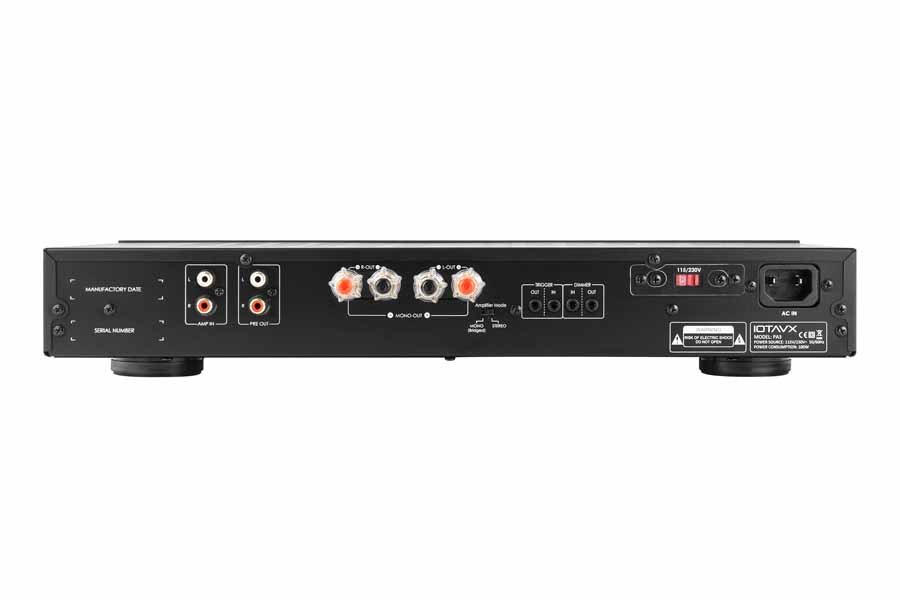

SOUND QUALITY
SA3 – Again I have split this review separately and spent quite a lot of time with the SA3 Integrated Amp before going on to add the PA3 Power Amp. I tend to consume music in a number of ways, at home I use more Bluetooth, in the office I play straight out of my Apple Mac and finally my joy of joys is playing vinyl. So, when choosing an amp to suit my set up I generally would be considering all of these set ups.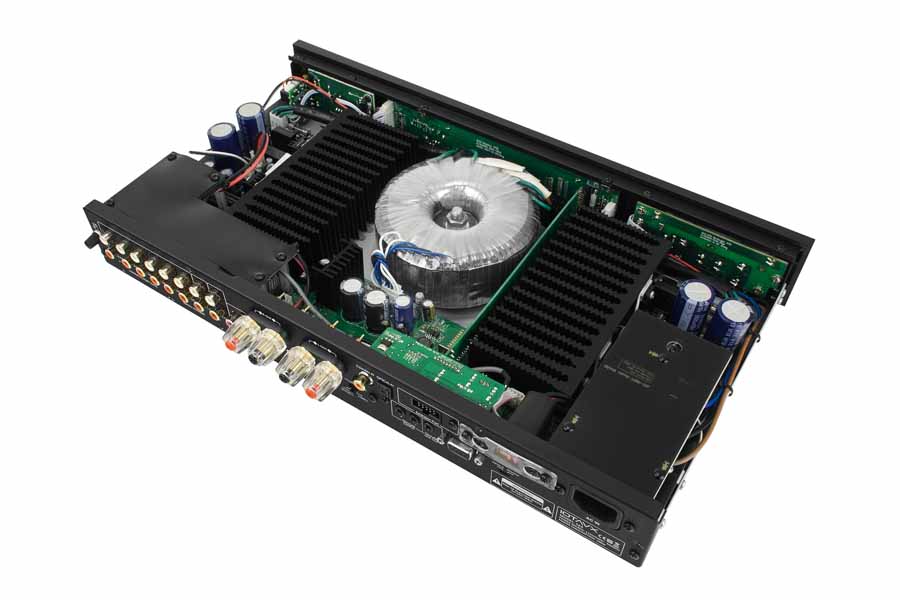
What’s immediately apparent is that for the price range the SA3 provides a very evenly balanced output; it is a pretty linear device with not much colouration which at first compared to the amp I was using was a change, but once I got to listen to this amp for a while I got to appreciate more and more. There is the added bonus that there is the option to adjust the treble and bass on the output. I opted to boost the low end by 3db and that was enough to give me a little bit more thump in the low end and give the output a little bit more flavour.
Interestingly, as I am an acoustician by trade and I ran this amp through some room tests. We often talk about the effect of the room on the speakers but what about the effect of the amp on the output? It brought up two really interesting points, one is that the low end of this amp was actually better than what I was using, the need for my 3db boost was more to do with the null in my room (this is an office so I have lots of demo acoustic panels in place, but it is not fully treated to that extent) than the output of the amp. The other discovery is that the output across the frequency range really was as linear as I suspected.
IOTVX claim on their website that ‘The Class AB amplifier technology achieves a high degree of efficiency and thanks to the special amplifier circuitry, offers minimal distortion and maximum precision to the sound. Music enjoyment at the highest level and with maximum dynamics is thus nothing in the way’. So far so good, so let’s put it through its paces and see how it deals with some of the different outputs. I mainly listen via a mac and the RCA inputs and this it handles very well. An album I am really familiar with on vinyl is Beirut’s ‘Galliopli’. Part of the reason I love this so much on vinyl is the warmth of the sound of the record and the depth to its feel, but how does the SA3 compare via those RCA’s? Actually, pretty good, due to its clean output what you get is the full, lush, multi-layered instruments, in the background and when you start to hike the volume up. Dynamically it’s rather exciting, with trumpets punctuating the mood in a desperate bid to be heard and various other instruments all playing their part. The sound at times seems a little middy, with the vocals clearly standing out and some of the delicateness of the record perhaps being lost, but this is being played via Spotify and for the price mark I would be more than happy with this sound reproduction. The SA3 reproduces the highs a bit brighter than I am used to and the cymbals at the start of my next choice (Fontaines DC ‘Big’) shine out. The SA3 has enough of a dynamic range to make this record exciting but perhaps not grab you by the throat and shake you about as the record deserves.
So, onto vinyl, and I have been obsessively playing These New Puritans ‘Inside the Rose’ recently, sp let’s see how the SA3 handles my MoFI Studio Turntable with a bit of art-rock-experimental-pop goodness. I had to make some quick adjustments to that bass as it was now way too present and was rattling the windows. This is very easy to do via the remote though and we were off. I actually listened to the turntable when I first unpacked the amp and I felt it was a little bit too high, lacking a little of the warmth that I was used to from the MoFi and amp combination I had been using. I don’t think the SA3 does a bad job and when less is going on in a track the sound starts to float and materialise with the stereo imaging and clarity I like from my vinyl, but it still lacks a little something that makes me fall in love with the output when it comes to vinyl.
Finally, I wanted to give the Bluetooth option a go. We all know that the quality coming out of even the higher definition files on Spotify via your phone can have mixed results, so this was something that I was interested in, but like many others, this doesn’t make or break an amp for me as this would only ever be used for casual listening. The Bluetooth option does not come as standard with the SA3 and it is an additional £25. It plugs into its own port in the rear of the unit and supports the latest AptX audio standard. It couldn’t be easier to use, however – you literally plug it in, choose Bluetooth, connect your phone and you are away.
This is definitely an added bonus for me, the sound and clarity on via Bluetooth is very good. Very clear, very balanced and without a doubt worth the extra £25. It’s clear that digitally the SA3 is a great buy and I would highly recommend it. I am only kicking myself that I did not us the Bluetooth earlier in my temporary tenure of this amp. I was expecting an inferior quality sound and what you get is most definitely the opposite. It has the dynamics but a great casual listening sound and reproduced very well.
PA3 – So now for the big test. We are going to add the power amplifier to the setup. Again, this was very simple to do and took only a couple of minutes. Previously most of my experience has been with integrated amps, so I was interested to see what adding this additional power amp to the speakers would actually achieve. I understand the concept of separating it out this way. Using a separate power amp allows the amp to perform just one function rather than dedicating space over to the many other great benefits the integrated gives us. Basically, a much better layout means that the signal paths can be a short as possible. So, does it give us the performance boost the science suggests it should? How audible will that be? Obviously, just for fun, I did some room testing again and they again did pretty much back up what we would expect, a bit more evenly distributed power. Using this type of software for this only really shows us some aspects, just the power being distributed, the rest of the results are going to be completely affected by the room and sometimes obviously more power in an untreated room could amplify pre-existing room problems.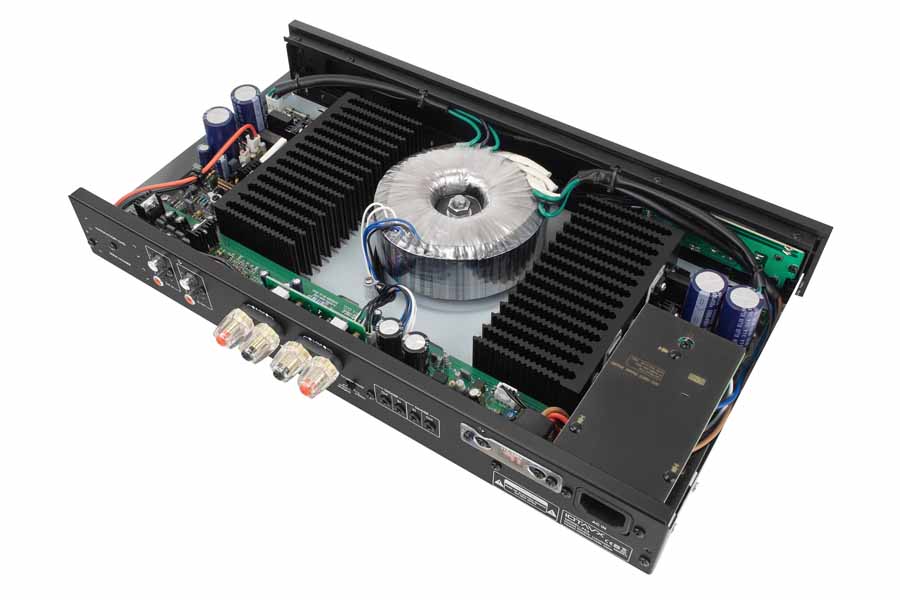
So, is it actually better? Let’s go back via our MAC and RCA inputs and the answer is an immediate yes. I tried the same files as previously and the difference is apparent. Take Fontaine DCs ‘Big’ – the cymbals at the beginning of the track are still clear but not so harsh on the top-end now. The slight mid issue I was concerned about has been vastly reduced. The vocals are clearer now and rather than standing out and above the music, they now sit on top of it and there is more rock and roll energy in the guitars. I was so impressed with the difference of Beiruit ‘Galliopio’ that I actually played it non stop for about 2 hours this morning – the sound was much more reminiscent of my own amp and turntable combination. Enjoying myself I next go for Justin Sullivan’s ‘Navigating by the Stars’. A beautiful album which when played on the right system really comes alive. Again, I am impressed with the sound quality of the PA3 / SA3 combination. Without a doubt, the power amplifier has worked well with my speakers and with this format. How about the vinyl though? The SA3 alone, had left me feeling a little flat as if my analogue sound source was without character, feeling a little too digitalised perhaps? The difference here is more apparent. Any minor criticisms I may have had from the SA3 alone instantly disappears when used with the PA3. The bass is hug, the separation is distinct, the track floats and more importantly has that overall soundstage that made me fall in love with the format all over again. It’s still linear as before but that distributed power has brought the dynamics back to life.
CONCLUSION
The SA3 integrated amp is great value for money for £399 and if you want a linear amp that offers you a lot of different listening options, is easy to use with full remote and simple EQ options I would not hesitate in recommending the SA3. It is basically a lot of amp for the money. I would further recommend the extra £25 for the Bluetooth addition, as this is where I think you will be pleasantly surprised and using the DAC it has excellent sound reproduction.
If you are thinking of using this as your main amp I would have no hesitation in adding the PA3. It’s almost a no brainer at only £299 extra. Basically, you get all the good bits of the SA3, its usability, its linear output and it just supercharges it. This is the XRi (Boy racers of a certain age will get this pocket rocket motor reference) version and a little bit like that classic car, when first browsing you may feel you don’t need its extra turbo capability but once you’ve tried it out you will be grinning from ear to ear and happily will pay the difference.
AT A GLANCE
Build Quality: Both the SA3 and the PA3 are large, steel made units and present excellent value for money at this price range.
Sound Quality: SA3 is very linear in its output with an excellent even frequency output. Add the PA3 to supercharge this very decent set up to the next level.
Value For Money: Either as a standalone or as part of the power unit the performance from these amps is fabulous for the price we are talking. Add the Bluetooth option or you miss out on one of the highlights of this system
Pros: It has a lot of input options and is super easy to use. The onboard DAC is incredibly accurate. The Bluetooth is one of the best I have heard for this level of system. Add the PA3 and this set up is taken onto a whole new level
Cons: The SA3 alone may not necessarily fulfil all your listening needs if this is your main reference system. The Bluetooth option is an additional cost.
Price: SA3 £399. PA3 £299 Bluetooth. Option an additional £25
David Shevyn
Review Equipment: Ophidian Evolution P2 Speakers, MoFi Studio Turntable, Apple Mac
SA3
| Product Type: | Integrated Stereo amplifier |
| Continuous power (load-dependent): | 45W (8Ω, 2 channels), 100W (8Ω, 1 channel bridged), 90W (4Ω, 2 channels), 180W (4Ω, 1 channel Bridged), |
| Audio inputs: | 5x RCA (input sensitivity 200mV), 1 x S/PDIF coaxial, 1x Toslink optical, 1 x Bluetooth (IOTAVX Bluetooth adaptor required), 1 x Phono (MM) (input sensitivity 2.5mV) |
| Audio outputs: | Speaker connection, 1 x Sub Out, 1 x Pre Out, 1 x headphone output |
| Further inputs and outputs: | 1 x RS-232 input, 2 x trigger output, 1 x dimmer control (10 levels) |
| Total harmonic distortion (THD + N): | ≤0.02% (nominal value: A weighting) |


























































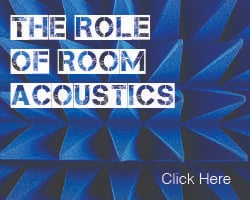





















































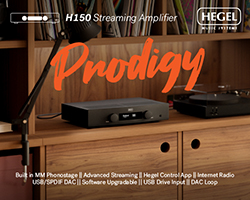







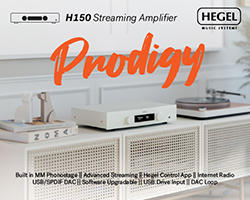
















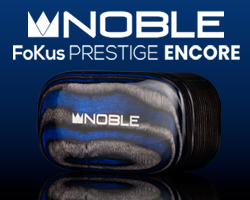














































































You must be logged in to leave a reply.